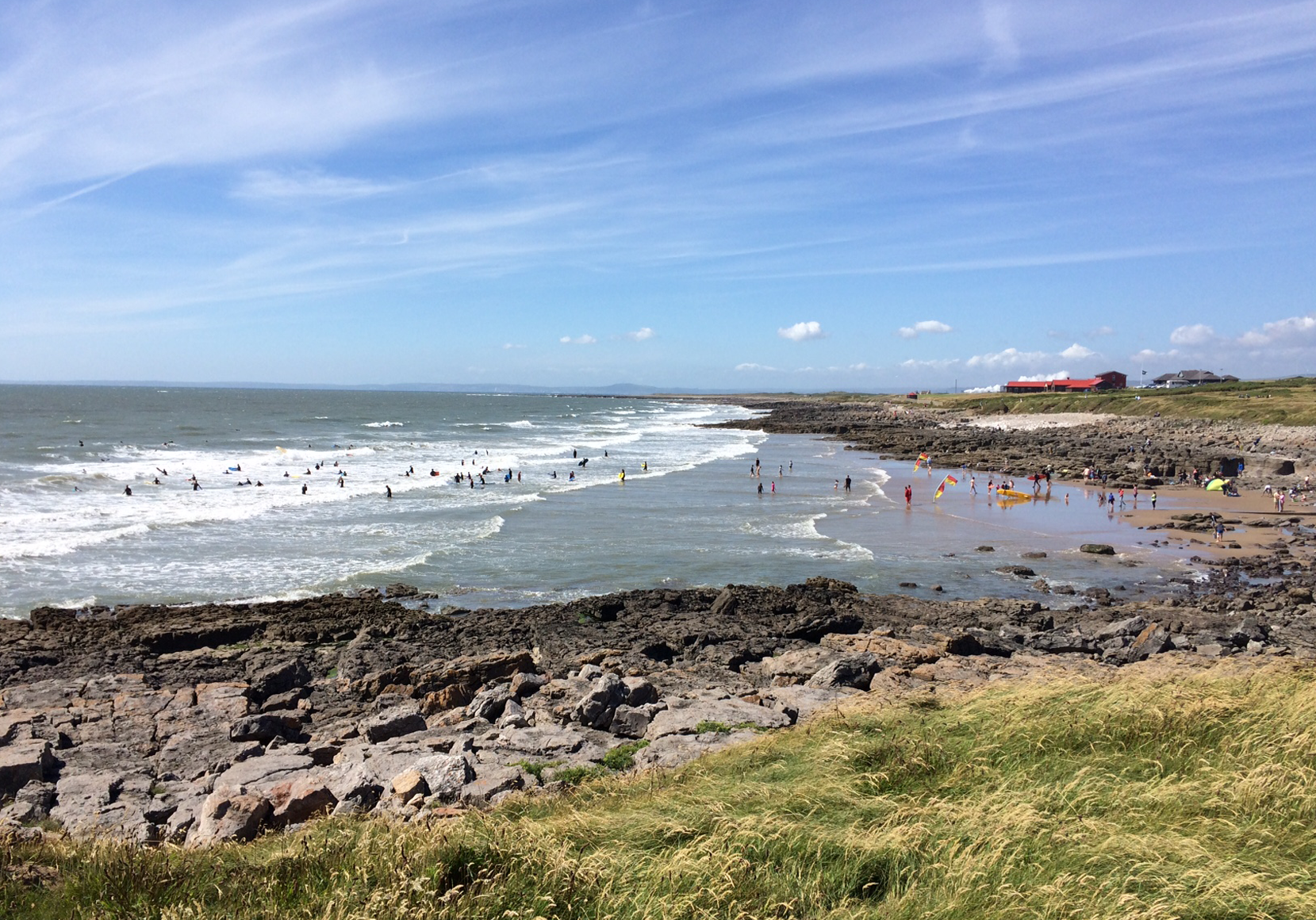Help Nature at Home
There are a number of ways you can help nature at home and in your surrounding area. Here are some ideas:
A quick and easy way to make your garden more attractive to birds is to provide a seed feeder and a source of fresh water such as a birdbath, or even just a container with fresh water.
Hint: mealworms are a popular snack amongst insect eaters like sparrows, whereas goldfinches are partial to niger seeds. Try not to put large or loose peanuts in your feeders as these can be a choking hazard to young chicks. Find out more information on what to feed birds.
With three quarters of butterfly species in decline in the UK, our gardens can play a vital role in providing them with much needed habitat. Many pollinators will feed on any flower’s nectar, but often caterpillars can be choosier. They may only have one or two plant species they can live on.
Some popular plants with butterflies and their caterpillars are:
- common honeysuckle
- english lavender
- stinging nettles
- buckthorn
Find out more about what food plants can attract which butterfly species.
Creating a compost heap in your garden is a great way to dispose of kitchen waste and provide a habitat for all those creepy crawlies! Invertebrates such as millipedes, woodlice, worms and spiders will make use of your compost. They are also an excellent source of food for other wildlife.
It can be just as simple as allowing the grass to grow! You can create a variety of habitats by leaving some parts of your lawn unmown. Or with mowed paths or an area for a picnic and some wildlife spotting.
Longer grass provides shelter and allows flowers to bloom which may be favourable to bees or other pollinators. Many plants often referred to as weeds, are in fact very beneficial to wildlife. These include:
- dandelions
- nettles
- thistles
Having some mown areas however can also help animals that feed on worms such as blackbirds.
More information on how you can help wildlife can be found from the Wildlife Trust and the Wildlife Garden Project.

